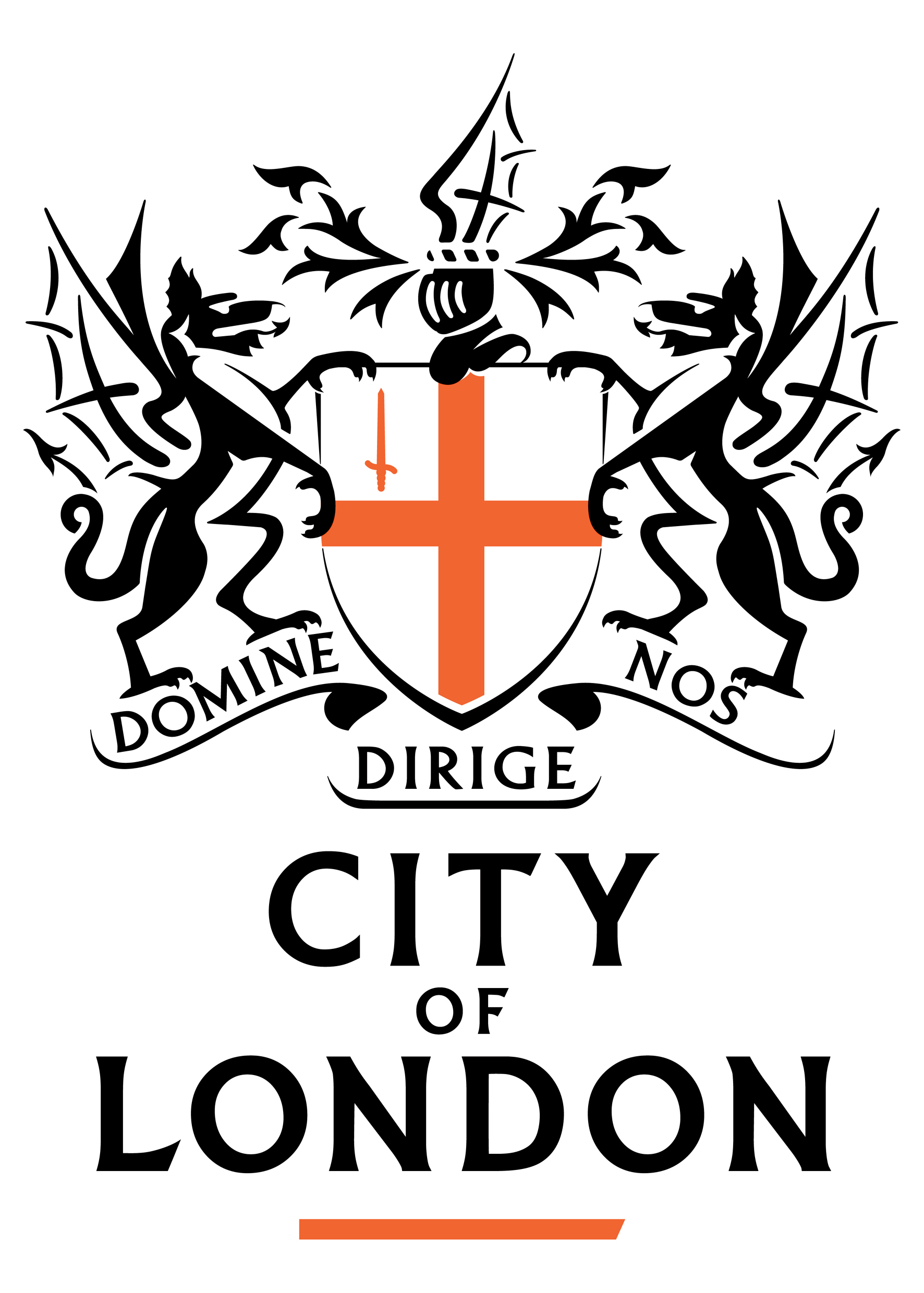
- You are here:
- Agenda item
Agenda item
Historic Buildings Retrofit Toolkit
Report of the Interim Executive Director, Environment.
Minutes:
The Committee considered a report of the Interim Executive Director, Environment, in respect of the Historic Buildings Retrofit toolkit, which would provide a resource to allow building owners to confidently start the process of responsible retrofit, build a business case and deliver any necessary adaptations.
Officers gave a presentation during which the following points were made:
• The toolkit was the result of a project undertaken as part of the Climate Action Strategy to explore the potential carbon reduction and opportunities for strengthening climate resilience of heritage buildings in the square mile.
• Decarbonising heritage buildings in the square mile was a major challenge. There were 600 listed buildings and 28 conservation areas, all with their own particular characteristics.
• A route map for those seeking to undertake retrofit projects within heritage buildings was included within the guidance.
• The toolkit focused on the eight typologies of heritage buildings within the square mile to identify common features, common challenges and opportunities.
• The toolkit drew on existing practice in the City.
• There would be a launch event on 21 March. There was strong alignment between the toolkit and Historic England guidance and Historic England would be involved in the event. Follow-up workshops could be held after the event.
• Officers were keen for the toolkit to be promoted and used internally within the City of London Corporation and externally with organisations seeking to retrofit buildings.
• The development of a community of practice where people could share knowledge, information and experiences was being considered and case studies would continue to be collected.
A Member commented that the toolkit lacked detail and was more of a concept study. An Officer stated that the document was to help those working with historical buildings and provide inspiration. It sat within a suite of other documents including the Planning for Sustainability SPD and the Retrofit Guidance as well as the Retrofit First Policy in the emerging City Plan. The Officer stated that he would meet with the Member to look at reflecting his experience in the document.
A Member raised concern about some of the language in the report. The Chairman stated that the work was a result of a data-driven approach in understanding the impacts on historic buildings. An Officer stated that the language would be amended to reflect the commitments the City of London Corporation had made in the Climate Action Strategy.
In response to a Member’s suggestion that the document could include advice on when it was appropriate to consult the planning division, an Officer stated that signposting could be included within the document.
A Member queried whether the toolkit would impact upon current maintenance and preservation plans and timelines for sites such as the Golden Lane Estate. The Member also asked whether it would impact upon the procurement of maintenance contracts and how it could be embedded across departments. The Officer stated that the document was designed to be for information and to embed the consideration of retrofitting historic buildings by various stakeholders. The toolkit had been developed with City Surveyors and other departments. It would be promoted further among departments and would provide the opportunity to share learnings and bring them together with other expertise e.g. that of Historic England. Whilst other parts of the organisation had their own decision-making processes and protocols, this would be a helpful document rather than a set of prescriptive rules. The Officer added that in relation to Golden Lane, there were listed management guidelines published by the Corporation which covered the maintenance and conservation approach to those assets.
A Member asked for clarification on the difference between retrofit, refurbishment, renovation and retrofit. An Officer stated that refurbishment was used for more light touch interventions and retrofit was both deep and light touch interventions. He added that there was further detail in the report.
In response to a Member’s question as to why the Planning and Transportation Committee was being asked for approval, the Officer stated that although this would not become a piece of planning guidance, it did fall within the remit of the Committee. The Chairman stated that when looking at new developments there were quantifiable measures in relation to embodied and operational carbon but this was not the case with heritage assets. He added that it was important to have baseline documents to help inform and enable greater understanding within the market of the expectations and the direction of travel.
A Member commented that whilst he considered the document to be useful, it could be more joined-up.
The Chairman asked Officers to note the comments of Members and as the document evolved and was further promoted, comments be addressed within the report. He also asked that Officers map out how the deeper dive, more detailed work would be achieved.
RESOLVED, that –
1. The Heritage Building Retrofit toolkit for publication and dissemination be approved;
2. The planned next steps relating to promotional and knowledge-development actions be noted;
3. The forthcoming ‘Heritage Building Retrofit’ event on 21 March 2024, to promote the Toolkit and associated actions, be noted; and
4. That Members comments be noted and the toolkit be amended accordingly.
Supporting documents:
-
P&T Committee Report 05Mar24 - Retrofit of Heritage Buildings, item 6.
 PDF 174 KB
PDF 174 KB -
Appendix 1 Heritage Buildings Retrofit Toolkit, item 6.
 PDF 5 MB
PDF 5 MB